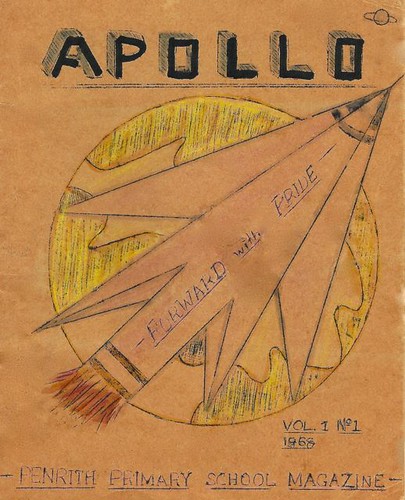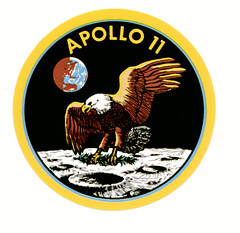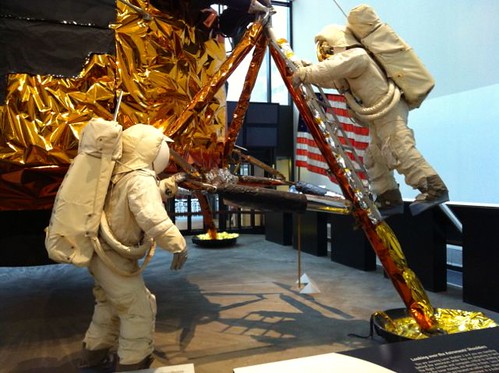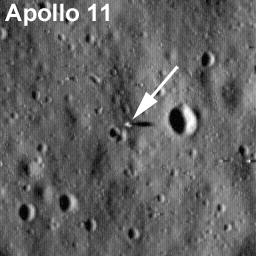It certainly snuck up on us… Former Prime Minister, John Howard, stubbornly resisted any attempt – for many, many years – for the nation to say “Sorry” to Australia’s Aboriginal population for the Stolen Generations. Actor John Howard (currrently appearing in television’s All Saints), did once say “Sorry” in the very funny TV mockumentary, The Games, but that one doesn’t count! However… in just a few more hours, our new Prime Minister, Kevin Rudd, will say “Sorry” – and a nation (and much of the world, thanks to the immediacy of the Internet) will down tools and listen. Then the next stages of Reconciliation might be able to proceed.
Australian schools have been encouraged to organise for students to witness the event live, which will no doubt cause a bit of a scramble in some schools. We do have Aboriginal and Torres Strait Islander flags on hand – and use them often – but my school doesn’t have a working TV antennae on the roof. Traditional broadcast options (at least, those in use since the first Moon Landing in 1969, I reckon) will be impossible for us. Taping the speech at a teacher’s home, then watching it all together the next day, just won’t cut it. (That might work for the average episode of BTN, but not this event.)
Therefore, the Principal, my library clerical and I did a tech dress rehearsal today, with: a laptop computer, recommended software, data projector, standard projector screen and the spare Internet hub (located in a sports storeroom within in the assembly hall). I’m glad we didn’t leave it until the morning of the apology; if the tech fails us, it will be a disaster perhaps equivalent to the communications breakdown that threatened Apollo 11‘s historic moonwalk in the Aussie motion picture, The Dish.
This significant day in Australia’s history will undoubtedly become one of those “Where you you when that happened?” events, and we’ve all crossed our fingers that the fickle finger of fate won’t bring down a tech disaster of epic proportions. (Although we’d been informed that schools could gain access to tomorrow’s live streaming, from Parliament House in Canberra, via the Internet, the Department’s intranet and TaLe, we couldn’t find a hyperlink which seemed to be awaiting The Big Day.)
I ended up doing a simple Google search (essentially, my total contribution to the rehearsal), to find the website for Parliament House (haven’t been there in ages!), and I was pleased to see a very obvious link, along the top of the frame, for Live Broadcasting. We bookmarked the site, and did our trial run on this afternoon’s Opening of Parliament 2008, and were able to identify exactly what needed to be done to maximise sound and picture quality. The “test pattern” gave us a moment of panic, but when the session finally started our trial run seemed to indicate that “doing our homework” would ensure success. The extended “test pattern” gave us a moment of panic but, when the session finally started, our trial run seemed to indicate that “doing our homework” would ensure success.
I hope the speech brings everyone the hope and acknowledgment that many have pinned to this long-awaited, historic gesture.








